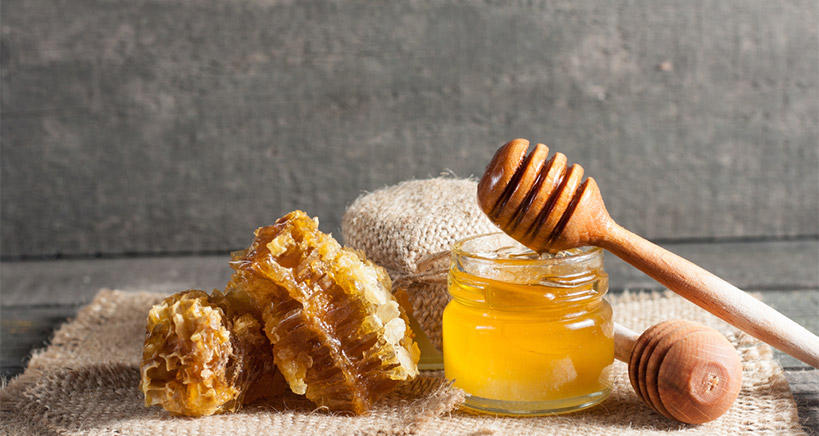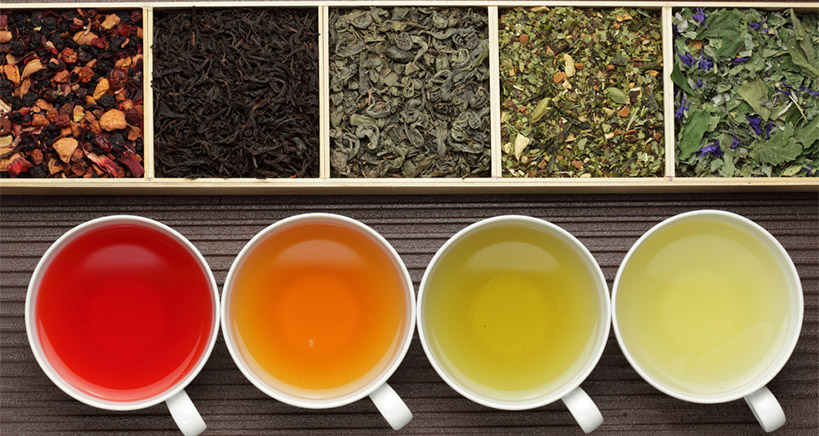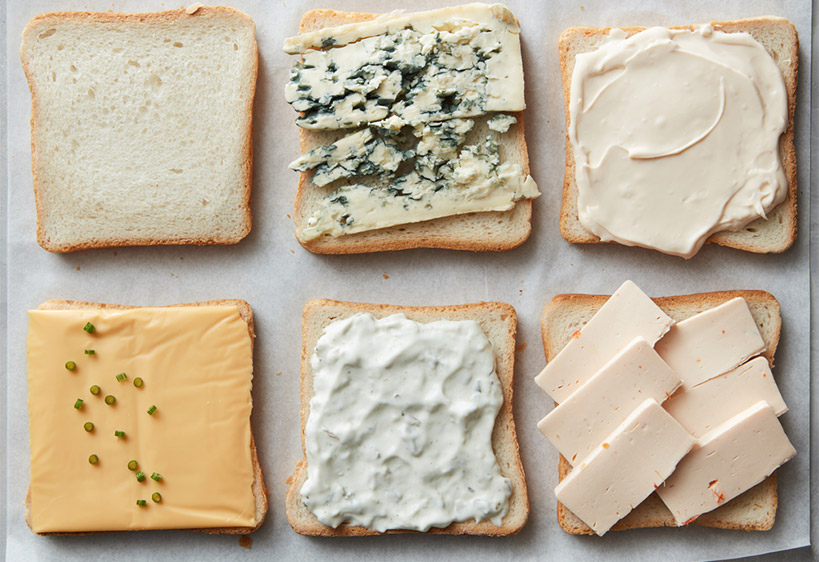
What’s New in Desserts
Looking for the latest desserts to die for? Then you’ve come to the right place! This “New in Desserts” guide for bakers, chefs, patisserie owners, and anyone working in the food industry will tickle your taste buds, make your mouth water, and fill your customers’ palate with delectable delights. The latest trends in dessert menus are innovative, creative, outrageous, and simply divine…
The Latest Desserts Reflect Food Industry Trends
So, what makes this year’s sweets and confectionaries such a standout? If you’re been following up-and-coming food industry trends, you already know that demand for healthy, more nutritious foods is on the rise, as is consumer craving for savory and exotic tastes, wholesome non-run-of-the-mill grains, nostalgic comfort foods, and tropical flavors. This year’s hottest desserts reflect these trends, as evidenced in recipes with a ‘better-for-you’ spin and in unprecedented concoctions such as hummus shakes, grain-free granola, Mexican hot-chocolate sauces, passion-fruit whipped creams, gluten-free sandwich cookies (aka alfajores), chocolate-chip avocado doughnuts, and more.
Healthier Sweets
Also new on the menu of nutritious desserts are baked goods featuring less artificial ingredients, more whole grains or no grains at all, low-fat and no-fat alternatives, diabetic recipes, and heart-healthy options which allow customers to have their cake and eat it too!








